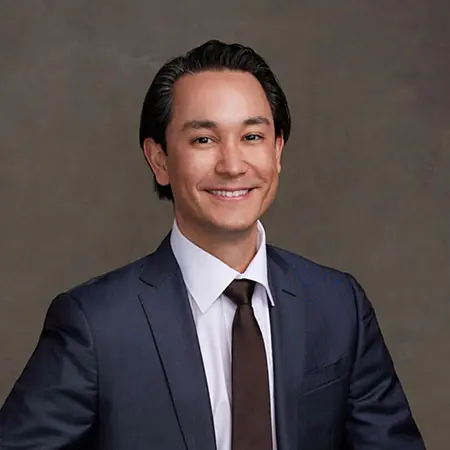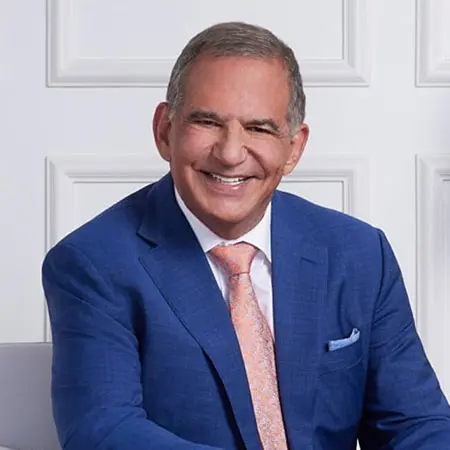April 19, 2022 | Septal Perforations.
3 minute read
Nasal septal perforations are holes in the nasal septum, the middle partition that divides the nasal cavity into two halves. While there are many potential reasons why a septal perforation may form, the most common cause is previous septal surgery.
Not all individuals with septal perforations have symptoms. Many people have small septal perforations who are not aware of it. When large enough, septal perforations could disturb normal physiological airflow in the nose and cause dryness, crusting, nose bleeds, and nasal obstruction sensation. Small perforations can cause whistling. Larger perforations can cause pain and change the appearance of the nose.
Septal perforation symptoms may be temporarily alleviated by reducing dryness and crusting. Small perforations may only require the occasional use of nasal saline spray or saline gel to maintain adequate moisture inside the nose. For those who live in a dry climate, humidifiers can be used to raise the overall humidity at home. More symptomatic perforations may require more frequent nasal saline irrigations and emollients/moisturizers. Some patients prefer to add corn syrup to the saline rinses because it prolongs the moisturizing effect (Karo syrup, 50mL with 200mL of saline). Examples of other emollients include Vaseline ointment and Ponaris drops (ponaris.net). Also, since bacteria commonly colonize the nasal passages, adding a tablespoon of vinegar or 1-3 tablespoons of boric acid powder to sinuses rinses (240mL) can reduce the bacterial load.
When nasal rinses and emollients fail to control symptoms satisfactorily, a silicone button may be placed by a physician into the perforation to improve nasal airflow. A septal button may be a temporary or long-term solution, especially for those who do not wish for surgery. Some patients tolerate the buttons well; however, most do not.
Surgical closure of a septal perforation could be considered if the symptoms are bothersome and do not respond to non-surgical measures. Before undertaking surgery, it is also important to ensure that if the perforation formed because of a medical condition, such as vasculitis, that the medical condition is well controlled.
Most otolaryngologists can help patients monitor and manage septal perforations non-surgically. However, very few physicians in the country routinely repair septal perforation. At FPSA, Dr. Kridel and Dr. Delaney specialize in septal perforation surgery and have published a number of peer-reviewed journal articles on their technique for septal perforation repair. Therefore, if you are considering surgical repair of a septal perforation, schedule a consultation today.




